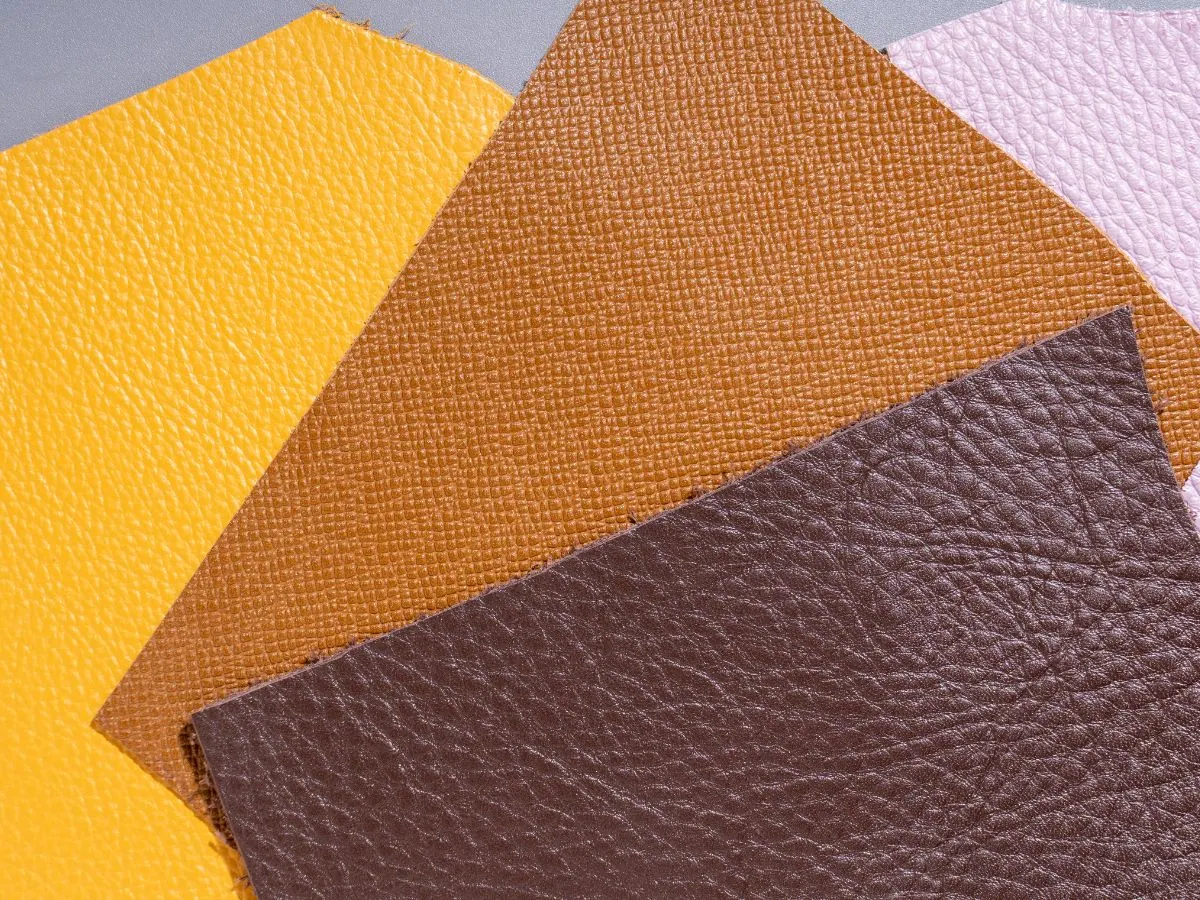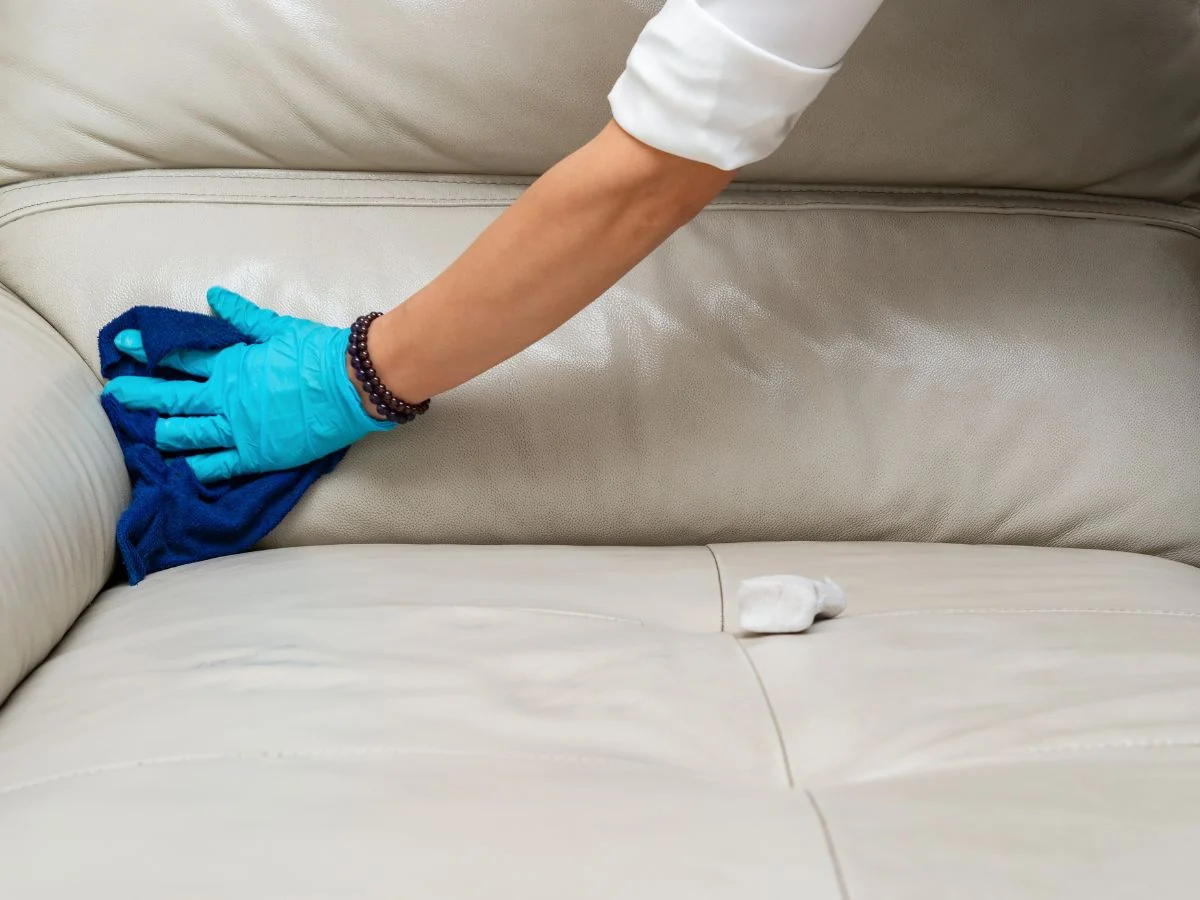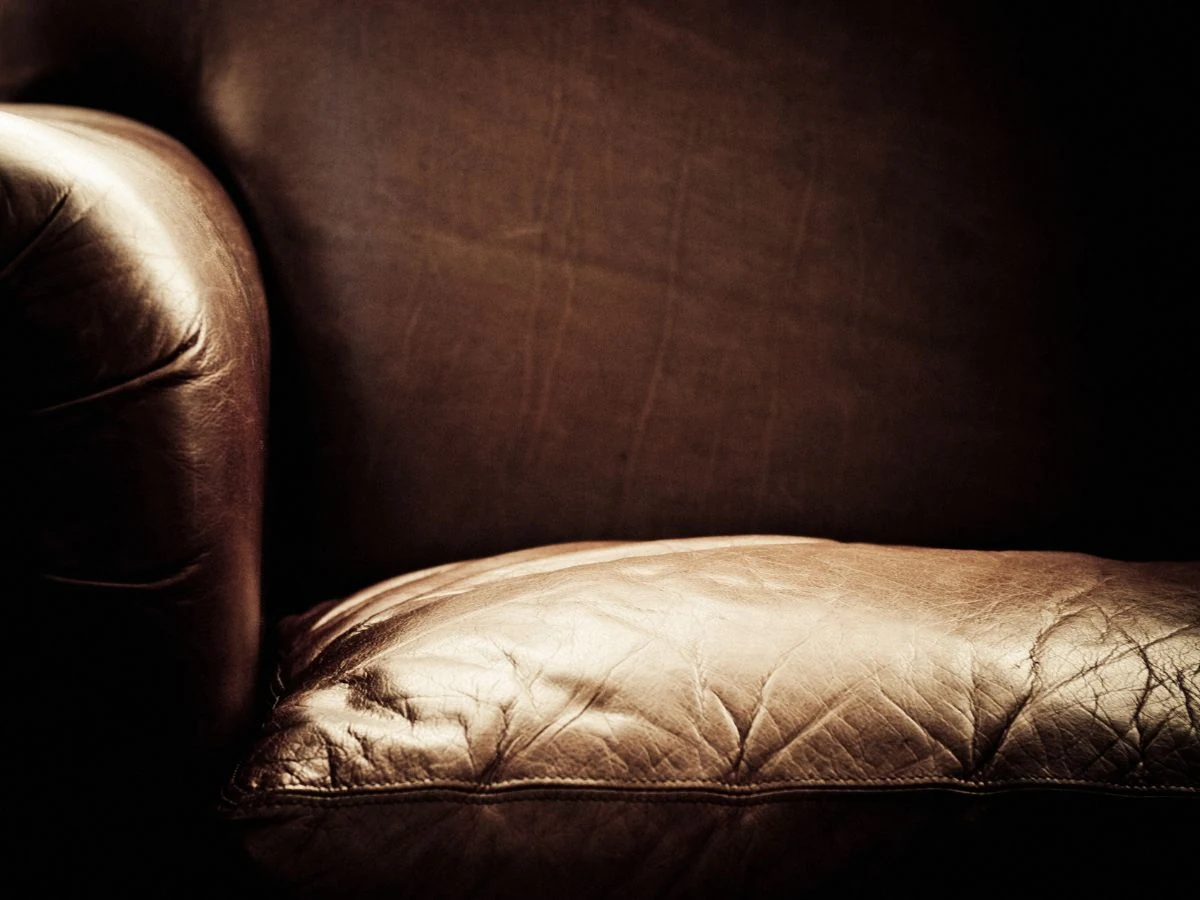There’s something undeniably luxurious about leather furniture. The rich texture, distinctive aroma, and classic appeal make it a prized investment for any home. But like any quality investment, leather furniture requires proper care to maintain its beauty and extend its lifespan. Many homeowners worry that leather maintenance is complicated or expensive, but with the right knowledge and routine, keeping your leather sofa or chair looking spectacular is entirely achievable. Proper care for a new sofa, especially one with leather upholstery, is crucial due to its unique maintenance requirements compared to fabric sofas.
Introduction to Leather Care
Leather care is an essential aspect of maintaining the beauty and durability of your leather sofa, leather furniture, or leather upholstery. With proper care and maintenance, your leather sofa can last for many years, providing comfort and style to your home. In this guide, we will cover the basics of leather care, including how to clean and condition your leather sofa, how to protect it from damage, and how to maintain its natural beauty. Whether you have a real leather sofa, a faux leather sofa, or a natural leather sofa, our guide will provide you with the necessary tips and tricks to keep your leather furniture looking its best.

Understanding Different Types of Leather
Before diving into maintenance techniques, it’s essential to understand the various leather types you’re working with, as different varieties require specific care approaches. Understanding different leather types, including natural leathers, is crucial to ensure proper care and maintenance.
Full-Grain and Top-Grain Leather Care Basics
Full-grain and top-grain leathers are premium materials made from genuine leather that showcase natural markings and develop a beautiful patina over time. Full-grain leather retains the entire grain layer, making it exceptionally strong but also more susceptible to staining. Top-grain leather has had its uppermost surface sanded and refinished, offering slightly more stain resistance..
Caring for Bonded and Faux Leather
Bonded leather consists of leather scraps combined with polyurethane, while faux leather contains no actual leather at all. These materials don’t absorb moisture like natural leather, so they don’t need conditioning in the same way. Instead, they benefit from gentle cleaners designed specifically for synthetic materials.
Why Maintenance is Important for Leather Sofas
Regular maintenance is crucial for extending the lifespan of your leather sofa. Leather sofas are made from natural materials that can dry out, crack, and fade over time if not properly cared for. By cleaning and conditioning your leather sofa regularly, you can prevent damage, remove stains, and maintain its natural color and texture. Additionally, regular maintenance can help prevent the buildup of dirt and dust, which can cause wear and tear on your leather sofa. With a little bit of effort, you can keep your leather sofa looking like new for years to come.

Essential Leather Furniture Cleaning Routine
Establishing a regular cleaning routine is the foundation of proper leather maintenance. Using a vacuum with a soft brush attachment is crucial for removing dust and dirt from leather upholstery without causing damage.
A damp cloth is also essential for wiping down leather furniture to remove dirt and stains. Be sure to avoid soaking the material and consider using distilled water to prevent potential damage.
Weekly Maintenance Steps
Dust is leather’s quiet enemy, gradually working its way into seams and causing abrasion over time. To maintain the quality of your leather, dust the leather regularly with a clean, soft cloth or a microfibre duster. Pay special attention to crevices between cushions where dust tends to accumulate.
For areas that receive regular contact, like armrests and headrests, lightly dampen a soft cloth with distilled water and wipe these sections to remove oils and perspiration. Regular wiping helps prevent damage and ensures the longevity of your leather furniture.
Monthly Deep Cleaning Process
Once monthly, give your leather furniture a more thorough cleaning. Start by removing any cushions and vacuuming crevices where crumbs and debris collect.
For natural leather, dampen a soft cloth with a mixture of distilled water and a few drops of mild soap. Wring the cloth until barely damp – excessive moisture is leather’s enemy. Gently wipe the surface using circular motions, then follow with a clean, dry cloth. Once you’re finished cleaning with water and soap, use a leather cleaning kit to ensure any remaining grime is effectively removed and the leather’s condition is maintained for longevity.
For bonded or faux leather, use cleaners specifically designed for these materials. Always test on an inconspicuous area first to ensure it doesn’t cause discolouration. Allow the leather to fully dry after cleaning to avoid any damage such as creases or looseness in the material. For heavily soiled furniture or when DIY methods aren’t achieving the desired results, professional leather cleaning services can provide deep cleaning that removes embedded dirt and restores the leather’s natural oils without causing damage.
Conditioning Your Leather Furniture
Proper leather cleaning is crucial before conditioning to ensure that all surface dirt is removed and the leather is prepared to absorb the conditioner.
While cleaning removes surface dirt, conditioning maintains leather’s essential moisture balance and flexibility. After conditioning, it is important to use a leather protector to prevent damage and extend the life of your leather furniture.
Why Conditioning Is Critical
Think of leather conditioning like moisturising your skin-it prevents dryness, cracking, and premature aging. Natural leather contains oils that gradually diminish over time due to environmental factors and regular use. Leather protection products play a crucial role in maintaining the leather’s condition by keeping it moisturised and protected from various contaminants.
Signs your leather needs conditioning include a dry appearance, slight stiffness to the touch, or a lighter colour in areas of frequent use. In the UK’s variable climate, with central heating in winter and occasional humid summers, leather can experience significant moisture fluctuations that make regular conditioning essential.
How to Properly Apply Leather Conditioner
Select a conditioner appropriate for your specific leather type. Some conditioners are specially designed for specific types of leather, ensuring optimal care and protection. Before application, thoroughly clean the furniture and ensure it’s completely dry. Apply a small amount of conditioner to a soft cloth – never directly onto the furniture. Using gentle circular motions, work the conditioner into the leather, paying special attention to high-use areas.
Allow the conditioner to penetrate for the time recommended (typically 10-15 minutes), then buff away any excess with a clean, dry cloth. Over-conditioning can make leather sticky and attract dirt, so follow the “less is more” principle.
Most leather furniture benefits from conditioning every 3-6 months, though furniture in direct sunlight or near heating sources may need more frequent attention.

Protecting Leather from Daily Wear and Damage
Prevention is always easier than remediation when it comes to leather care. Specific care techniques are essential to ensure that the leather sofa stays in excellent condition and maintains its appearance over time.
If you spill something on your leather furniture, it’s crucial to act quickly. Blot up any excess liquid as soon as possible to prevent damage. This immediate response to moisture is vital for maintaining the quality and appearance of your leather sofa.
Positioning Furniture Away from Harmful Elements
The sun is perhaps leather’s greatest enemy. Direct sunlight can fade and dry leather quickly, leading to cracking and discolouration. Position leather furniture away from windows or use curtains during the brightest parts of the day.
Similarly, keep leather furniture at least 30cm away from radiators, fireplaces, and other heat sources. Excessive heat accelerates the drying process and can cause leather to become brittle over time.
Using Protective Products and Covers
Quality leather protectors create an invisible barrier against spills and stains without changing the leather’s appearance. Look for water-based protectors for natural leather and apply according to the manufacturer’s instructions. Using protectors specifically designed for protected leather is crucial to ensure the upholstery remains safeguarded and maintains its appearance.
Addressing Common Leather Damage Issues
Despite your best efforts, accidents happen. Preventing the build up of dust, dirt, and oils on leather upholstery is crucial to avoid discolouration and damage. Knowing how to address common damage quickly can prevent permanent issues and help maintain a clean leather appearance.
Dealing with Spills and Stains
For liquid spills, act quickly by blotting (never rubbing) with a clean, dry cloth to absorb as much liquid as possible. Using a paper towel to blot and absorb spills on leather upholstery, such as antiqued and semi-aniline leather, can help minimise the stain and prevent it from sinking into the leather. Allow any remaining dampness to air dry naturally.
For water-based stains like coffee or wine, a lightly dampened cloth with mild soap may be sufficient if addressed promptly. For oil-based stains like grease, absorb excess oil with a dry cloth, then use a leather cleaner specifically designed for grease removal.
Repairing Scratches and Pet Damage
Minor scratches on finished leather can often be buffed out by gently rubbing with a soft cloth and a tiny amount of leather conditioner. For slightly deeper scratches, leather repair kits available from furniture retailers can help match and fill small imperfections. When damage becomes extensive or affects the structural integrity of your furniture, professional leather restoration services can address complex repairs that go beyond simple DIY solutions, often saving furniture that might otherwise need complete replacement.
Proper care techniques for back cushions are essential to ensure longevity and maintain the appearance of your leather sofa, especially when dealing with different types of leather like corrected-grain leather.
Pet owners face unique challenges with leather furniture. Keep pets’ nails trimmed and consider providing alternative scratching surfaces. For existing claw marks, leather repair kits with matching colours can fill and disguise damage.

Seasonal Leather Care Tips
The changing seasons bring different challenges for leather furniture maintenance, particularly in the varied British climate. The first few weeks after acquiring a leather sofa are crucial for proper care, as the material undergoes natural stretching, creasing, and wrinkling, which enhance its aesthetic appeal and comfort over time.
Winter Care Considerations
Central heating creates particularly dry indoor conditions during winter months, which can gradually pull moisture from leather. Increase conditioning frequency during heating season, typically applying conditioner every 2-3 months rather than the standard 6-month interval. Conditioning real leather upholstery more frequently during winter helps prevent cracking and peeling, ensuring its longevity.
Winter also brings wet coats, boots, and clothing indoors. Make a habit of not sitting on leather furniture in wet clothes, and keep throws handy for quick protection during the dampest days.
Summer Maintenance Challenges
Summer brings increased sunlight hours, so be vigilant about closing blinds or curtains during peak daylight to prevent UV damage to leather furniture.
During summer when furniture may see increased use, wipe down high-contact areas more frequently to remove body oils and sunscreen residue, which can transfer from skin to leather and cause damage over time. For furniture that has experienced significant fading from sun exposure, professional leather recolouring services can restore the original colour and protect against future UV damage.
Final Tips for Leather Care
To ensure your leather furniture remains in top shape, here are a few final tips. Always test any new cleaning product on an inconspicuous area first to ensure it doesn’t cause discolouration. Rotate seat cushions regularly to distribute wear evenly and prevent indentations. Avoid sitting on the arms or back of your leather sofa to maintain its structure. Lastly, invest in a quality leather care kit that includes a cleaner, conditioner, and protection cream to keep your leather looking its best. With these tips and a consistent maintenance routine, your leather furniture will continue to be a stylish and comfortable centrepiece in your home for years to come.
Conclusion
Proper leather maintenance doesn’t require professional expertise or expensive products – just consistent attention and the right techniques. By understanding your specific leather type, establishing regular cleaning and conditioning routines, and promptly addressing any damage, you can preserve the beauty and comfort of your leather furniture for decades.
Transform your tired leather furniture into showroom-worthy pieces with LeatherXpert’s professional restoration services. Request a quote today and discover how our specialists can revitalised your leather investments!
